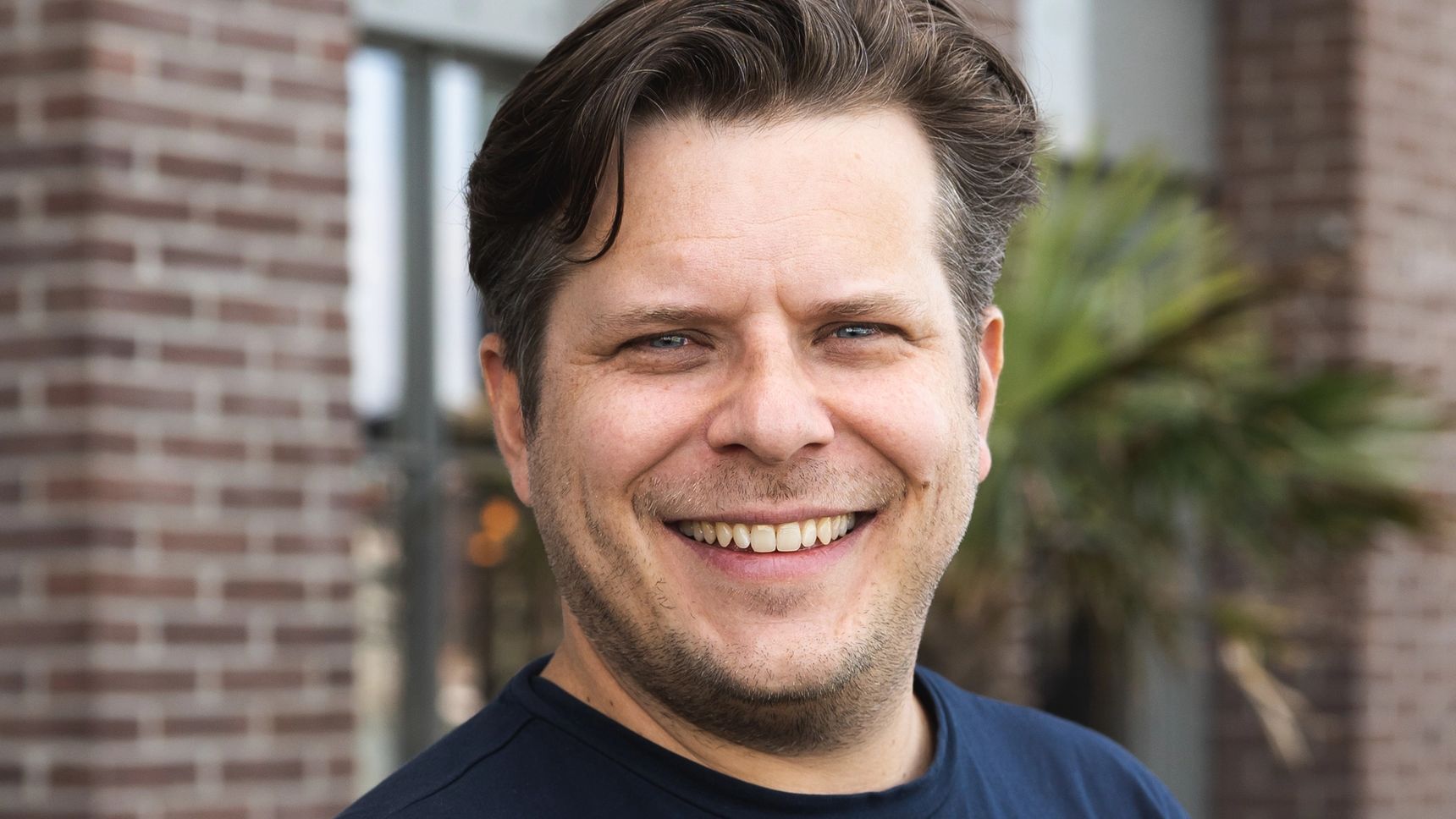
Nik Nieuwenhuijs
CEO Hypersolid US
22 May 2025, 5 min
Nik Nieuwenhuijs on the challenges in digital transformation
Introduction
Despite its strategic importance, digital transformation frequently falls short, with failure rates reaching up to 70%. Studies point to familiar pitfalls: unclear strategies, weak change management, and siloed leadership.
To explore what’s going wrong and where the opportunities lie, we’re launching a three-part interview series with leaders who’ve seen both sides of the process. First up: Nik Nieuwenhuijs, CEO of Hypersolid US.
Interview
Q: Do you recognize the complexity around digital transformation from your own experience?
Definitely. I come from a background in brand experience, strategy, and design, so that’s the lens I naturally bring to transformation. But if there’s one constant I’veobserved over the years, it’s this: the greatest barriers to transformation are almost always organizational.
Nik Nieuwenhuijs on how leadership misalignment kills transformation
It’s a classic disconnect. Different expectations, different priorities, and often no one with the mandate to bridge the gap. One side assumes the other will just execute, but without real alignment, it falls apart before it begins.
That’s where leadership becomes critical. You need someone with authority who can cut through the noise. A CEO who says, “We’re doing this”, or a disruptor within the organization who’s trusted and empowered to lead it. Without that, transformation has no real owner. And that’s where it fails. No one is steering the ship.
Honestly, it doesn’t surprise me if the failure rate is even higher than the 40 percent mentioned in the report. Strategy often gets trapped in internal politics. Goals shift midstream. Customer value gets pushed aside. The report says 70 percent of companies focus mostly on internal transformation. That lines up with what we see in many organizations.
And then there’s culture. If teams don’t trust each other, or worse, actively work against each other, transformation becomes nearly impossible. You can’t build alignment without trust.
Q: What are some of the common misconceptions you hear from clients?
The biggest one is still thinking that transformation is purely about technology. It’s not. It’s about alignment, ownership, and leadership. Too often, tech teams focus on tooling and infrastructure, while brand or experience teams are thinking about customer value. And the two rarely meet in the middle.
I’ve seen this play out in multiple large organizations. We made huge progress, but in the end, once key stakeholders left the project, everything stalled. Suddenly, we had to start proving ourselves all over again. And that slows everything down. Without internal ownership, even the best strategy never gets implemented
The missing piece in transformation? Ownership, says Nik Nieuwenhuijs
That’s where things fall apart: no mandate, no alignment, and everyone pulling in different directions. It’s especially tough in legacy organizations, where internal politics are baked into the system.
Q: What makes digital transformation succeed, and where did you see it working well?
Success usually comes down to two things: alignment between brand and tech, and strong leadership to carry it through. Without those, even great ideas don’t land.
Some of the best examples I’ve seen are citizenM and Polestar. These are digital-native brands that entered their industries with a clear mission to disrupt. citizenM, for example, said from the start: “We’re going to build the best digital-first guest experience in the world.” When that ambition is baked into the leadership and culture, things move fast.
Nik Nieuwenhuijs on the speed and focus of digital-native brands
With legacy organizations, the dynamics are different. It takes more time, more internal coordination, and usually more work to bring people along. But when the intent is there, it works. Postcode Loterij is a good case here. It’s a traditional organization, but one that’s made a clear commitment to change. That makes a huge difference.
In the end, transformation isn’tjust about execution. It’s not just building something and shipping it. It’s behavioral and structural. You’re changing how people think, how teams collaborate, and how decisions get made. That takes more than a strategy deck. It takes alignment, trust, and real commitment from the top.

Q: As digital transformation evolves, how is Hypersolid positioning itself for what’s next?
Talking about digital transformation already feels like talking old news. What’s really on the table now is AI transformation. AI is forcing companies to rethink how they approach change entirely. And this isn’t a tooling upgrade or another layer in the stack. It’s a fundamental shift in how businesses think, operate, and grow.
The pace is unlike anything we’ve seen. With digital, you had time. Time to align, plan, overthink. With AI, that model is broken. You move or you fall behind. That’s the shift.
Why speed matters now more than ever, according to Nik Nieuwenhuijs
We’re already working with clients to define what AI transformation means — technically, strategically, and culturally. But we’ve made sure to start with ourselves. How do we lead? How do we evolve? If we want to guide others through what’s next, we need to be ready ourselves.
Get in touch


